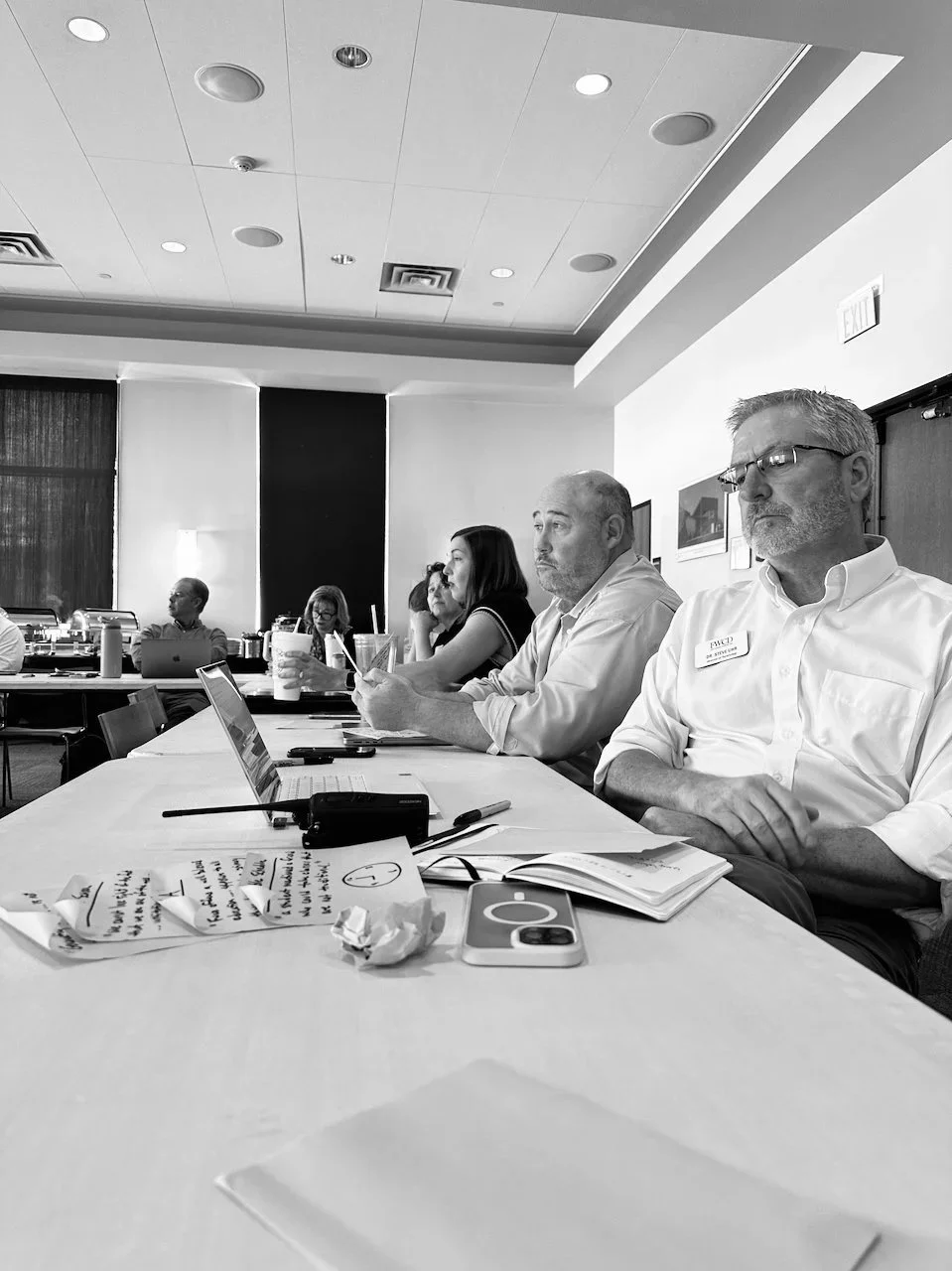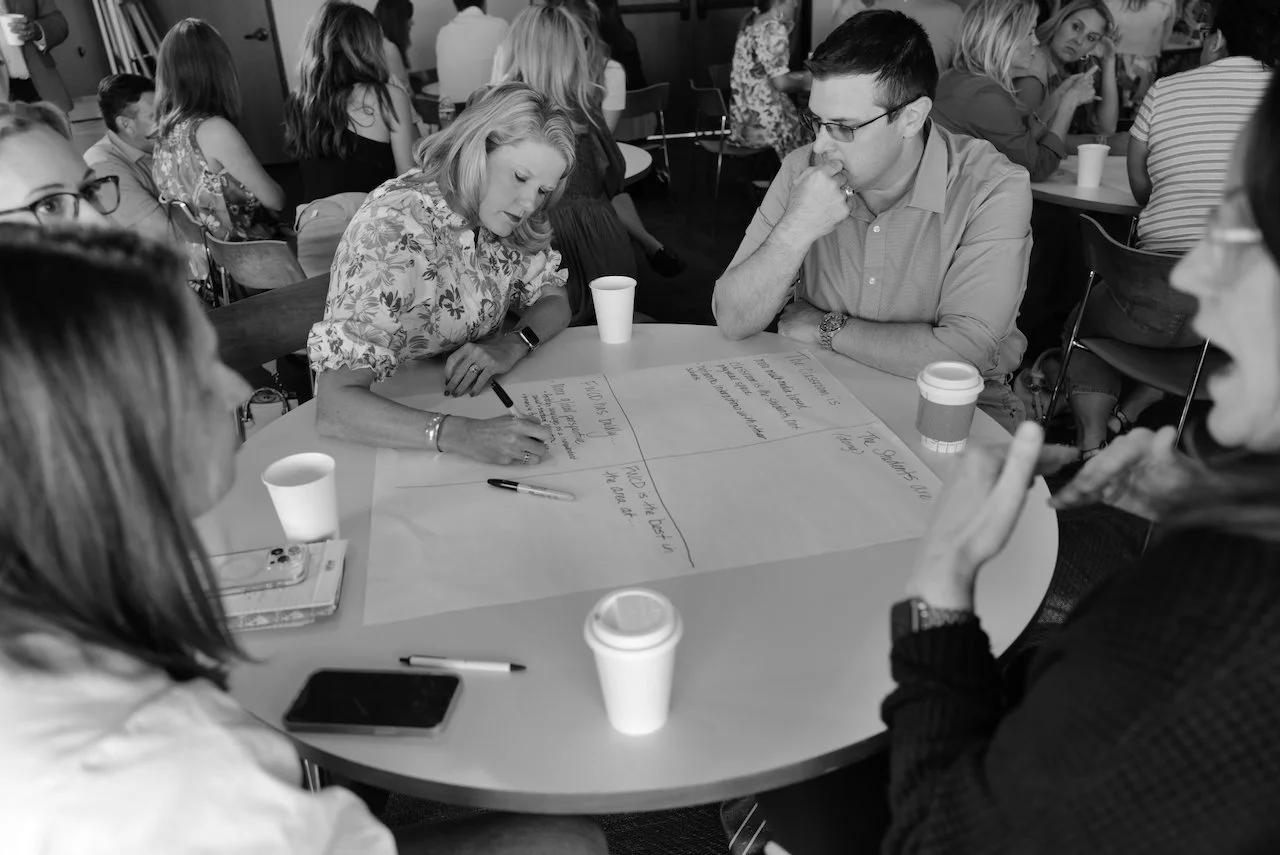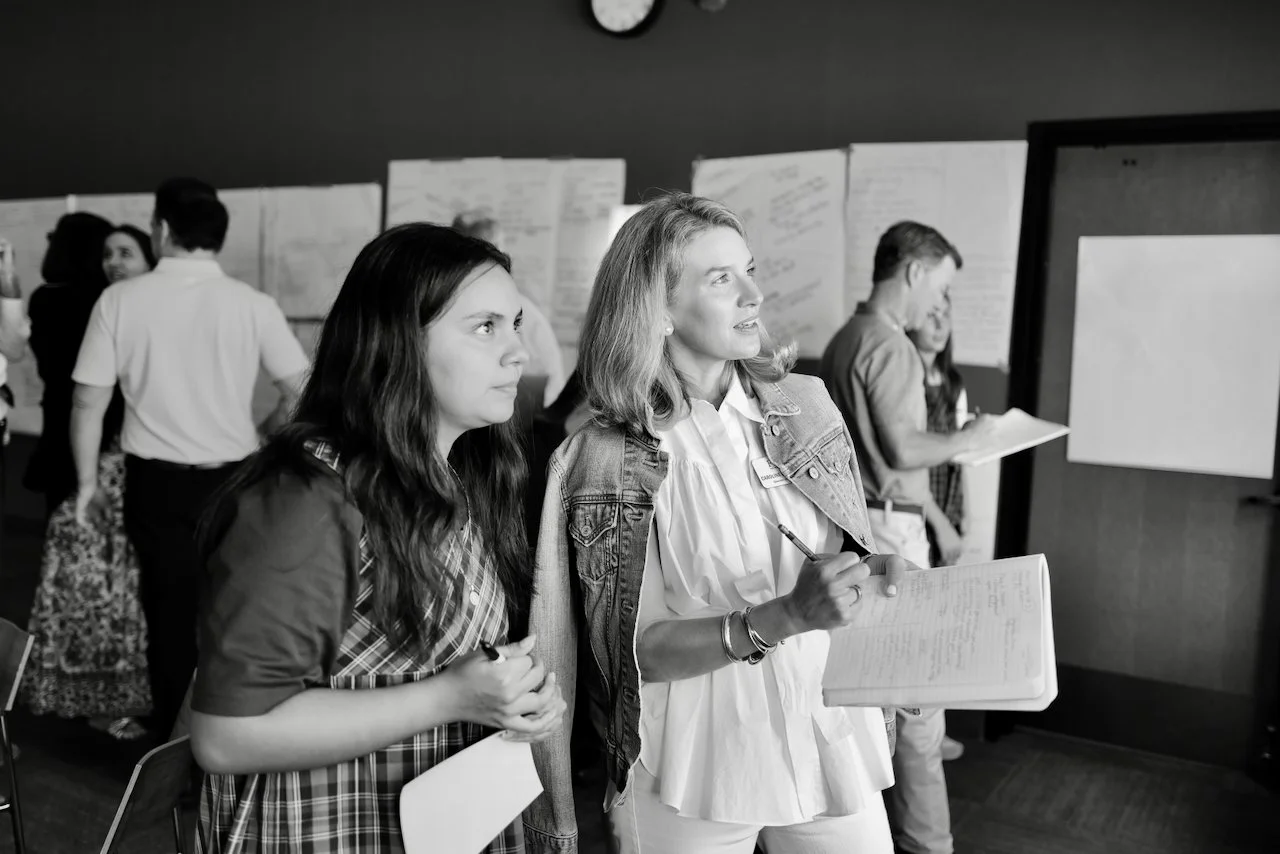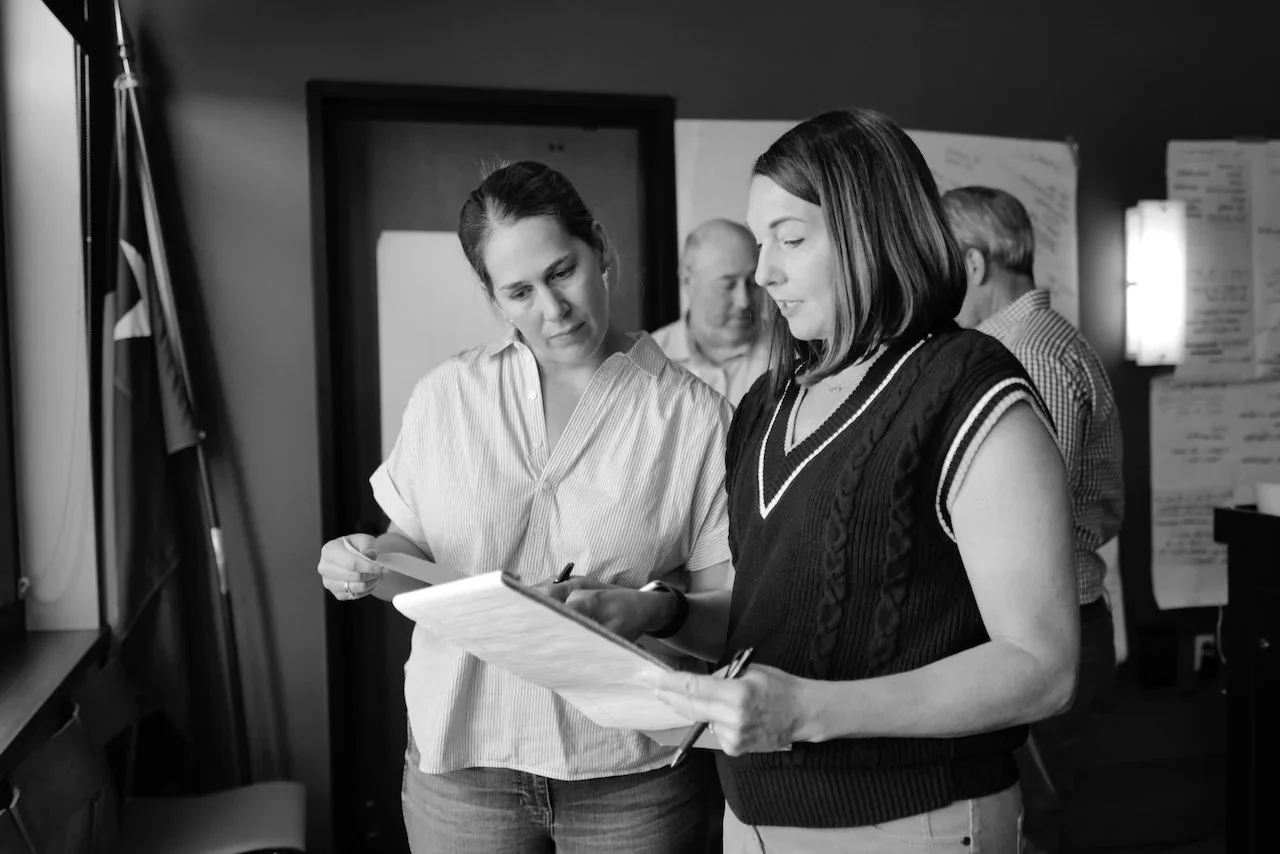Strategic Planning
By L+D Partner Greg Bamford
We were skeptical of your approach,” the board member told me candidly. “I wanted more data. But we took a look at the plans you helped schools create, and the proof is in the pudding. Your plans are just better. More nuanced and more specific to each school.”
This admission came from a Strategic Planning Chair I had spoken with several times over several months. Her school had been looking for a consultant to help them with a plan, and to be honest, I didn’t think they were going to choose us. The committee chair came from a heavily quantitative background, and many people in such fields – think finance, tech, or engineering – understand “data” in one specific way. Ethnography and design insights sometimes don’t fit that mental model.
But the proof is in the pudding.
After a decade of work, L+D has helped to develop more than 80 plans. The number of schools we work with has only grown over time – we’ll easily surpass 100 plans this year.
L+D has worked with girls' schools, boys’ schools, and schools that serve all genders. We have worked with Catholic schools, Jewish schools, Friends schools, Episcopal schools, and schools with no religious affiliation whatsoever. We’ve worked on both coasts, the Rockies, the Southwest, the Midwest, and the South.
In all of these schools, we work to be good partners, understanding each school on its terms, getting curious about their context, stimulating the community’s thinking, and walking alongside each school to develop a plan that is anything but generic.
How do we do this? In the best traditions of design, we took our lessons from our users: our clients. They shared the the five lessons below.
We Help Schools Become Aspirational, Not Just Operational
Our clients tell us that we help them move beyond maintaining the status quo to envision transformational possibilities. Our design process is key to that outcome.
As one Head of School reflected: "L+D said, strategic planning is not about doing more about what you already do. It is aspirational. It needs to be hard. If it isn't, it probably isn't strategic."
Another noted how "The language in our last plan was a lot of maintenance and continuation. Someone had to challenge us to be different and bold."
Lesson: When we begin with a rich period of exploration and move to a robust ideation process, schools find they can break free from incremental thinking and imagine bolder futures.
We Create Build Community Ownership
Our clients tell us that our approach brings their entire community along in the journey.
One head of school observed that we "complemented our desires for inclusion, participation" and that our approach "allows people to become strategic ambassadors to the community."
Other leaders we talked to describe our facilitation as being "super tuned into human psyches," with a blend of "perceived 'teamwork' and the actual work" where "The 'touchy-feely' felt right and appropriate and respectful."
Takeaway: When we involve people in the process and attend to emotion as well as intellect, people feel heard – and invested.
We Co-Design Solutions That Reflect Each School's Unique Identity
Rather than receiving a one-size-fits-all plan, our clients tell us that their strategies feel authentically theirs.
One leader explained: "L+D is more personal and crafted. You do a solid job for the unique situation and co-design a solution. We aren't going to prescribe something for you. You end up with something that you invested in."
As one Head said, the "'product' and the 'process' of the Strategic Planning...was SO us."
Takeaway: the time that our design process puts into observing and understanding the nuances of a specific school leads to custom insights and bespoke solutions.
We Strengthen Schools' Capacity for Strategic Thinking
Our clients tell us that our process builds capacity among their teams, making them better at thinking creatively, trying new things, and gaining comfort with the discomfort that comes along the way. Leaders report that we "help to grow the capacity of accountability in a non-threatening way" and provide support that helps them "push through the discomfort" when they "would have caved if we had done it ourselves."
Schools experience a "method by which you push but not feel pushy" - the right balance of challenge and support for breakthrough thinking.
Takeaway: strategic planning can be professional development as well as a product. By helping the team learn to do the work, L+D can do both.
We Push Schools' Strategic Thinking To The Future
As our process has evolved, L+D has become more intentional about integrating futures thinking into our strategic work. Clients tell us that we help them think like futurists, designing for the future rather than responding only to what’s happening now.
One leader shared how we helped them "think of strategic planning as a much longer term thing. This is a plan for 5 years but let's think about the 30 year vision."
Our "compass, not a map" approach gives schools what one leader called "directionocity" - clear direction with flexibility to adapt and grow.
Takeaway: schools are naturally oriented toward the present, but a future-focused process can help them shift their orientation toward the future.
As we look to our next decade, our scale is only increasing. We are excited to see how we can have even more impact over the next decade.




